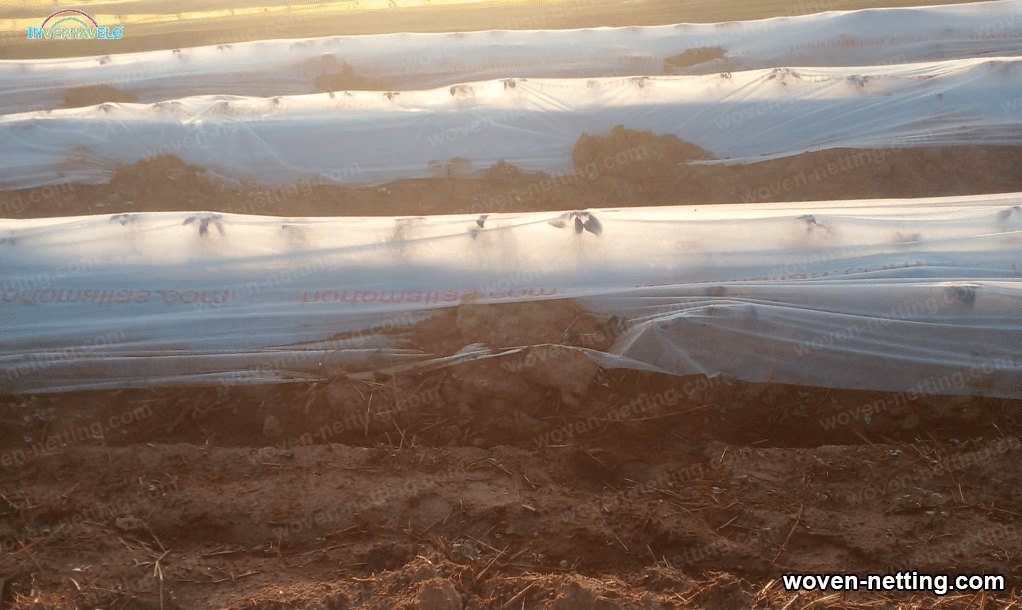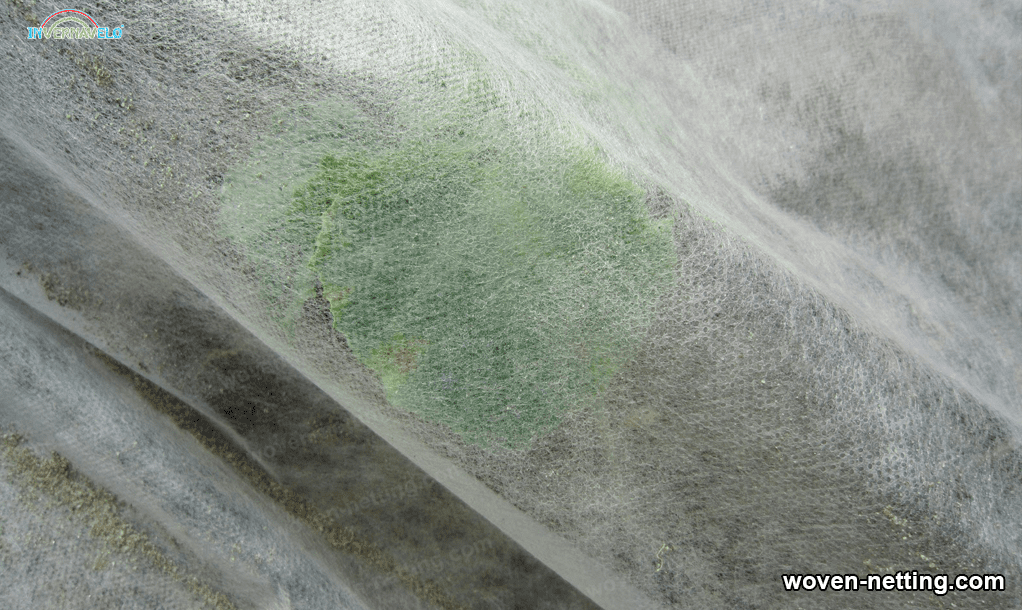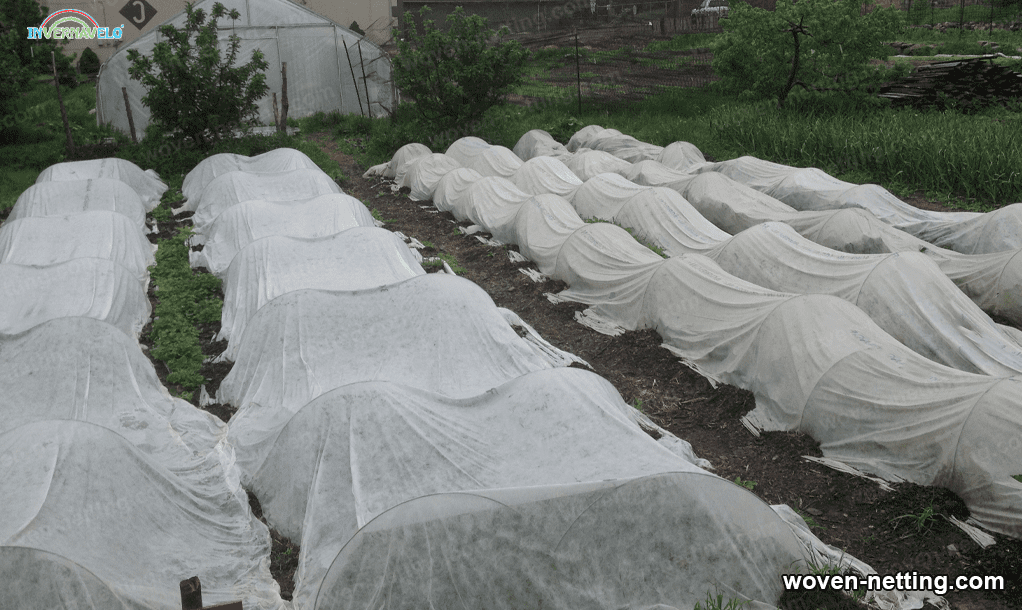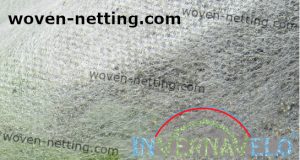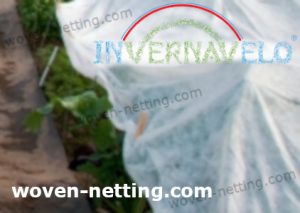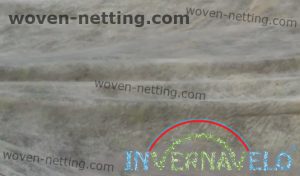This is achieved through different structures and artificial media such as cultivation fields that do not mimic the soil, but maintain a good balance of nutrients and effective irrigation so that crops find the best growing conditions. This vertical cultivation strategy can be carried out in open spaces, such as fields, orchards or other environments, but it can also be adapted to closed environments, such as greenhouses, indoor enclosures, pots, etc. Based on this last premise, vertical farming is becoming a good resource for large cities and industries where there is a lack of space but a demand for agricultural products. Within vertical farming, one of the main innovations are greenhouses based on the “vertical farming” structure. In this concept, crops are organized in vertical layers, from the irrigation devices to the roofs, which are located indoors.
This strategy also allows for space utilization in which water consumption and fertilizer requirements are reduced and design and construction processes are optimized. Another benefit of vertical farming is the possibility of improving the cultivated product, since it is possible to obtain products without the problems of pest infestation, ensuring the production of fresh and healthy products for consumption. Vertical farming also offers a solution to produce organic food in urban environments, thanks to subway systems, which allow the restriction of leachates, as well as a better control of nutrient solutions. In addition, in these structures, cultivation is generally completed with an optimized irrigation system, where the optimal amount of nutrients for the crops is regulated and controlled through automatic systems. Vertical cultivation can benefit from both resource savings and increased production.
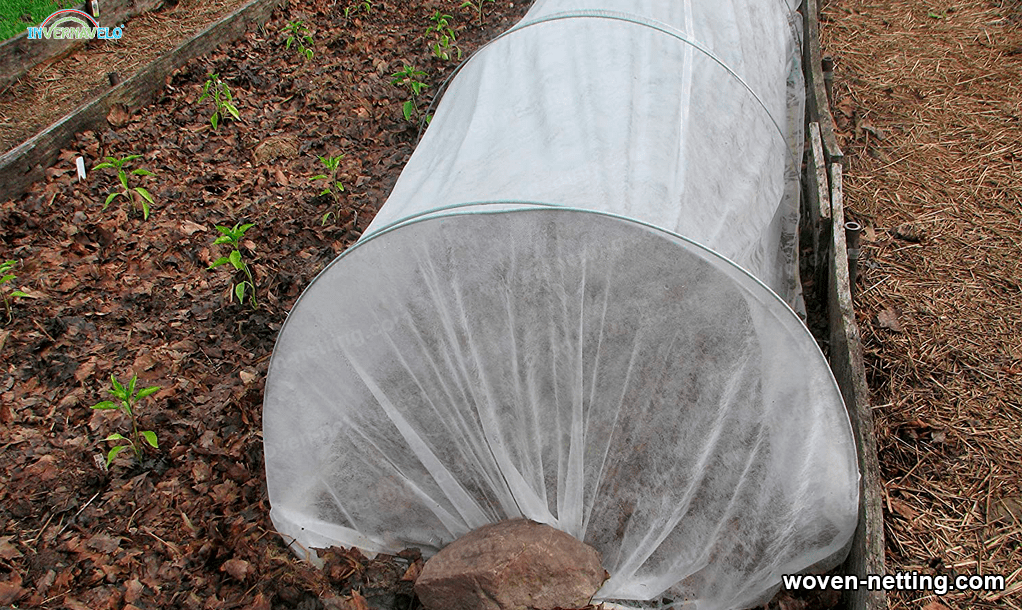
How to wrap a tree with thermal mesh?
The last few decades have seen a significant advancement in the technology of wrapping trees with thermal woven netting. Designed to provide additional thermal cover for trees, it is a safer and more effective way to protect them. While wrapping trees with thermal netting may seem complicated and costly, it is a relatively simple process as long as it is followed diligently and planned. When wrapping trees with thermal netting, it is important to consider proper safety measures, such as the use of gloves, proper clothing and safety equipment. Wearing gloves helps to avoid injury while handling the materials, while safety equipment such as goggles or face shields helps to protect the eye or nose. It is also important to use a sturdy ladder to reach higher branches.
Once the safety measures have been met, the next step is to measure the tree and calculate how much thermal woven mesh is needed. This depends on the size of the tree and the degree of protection desired. Most manufacturers offer woven mesh with different sides to meet various needs, making sure to choose the right length and depth of thermal mesh. After measuring and purchasing the proper amount of thermal mesh, the next step is placement. This involves starting from the base of the tree and rolling the heat netting up by pulling it tight to secure it. The heat netting is stretched around the trunk, covering the entire tree, from the base to the highest branches. As the woven mesh is being rolled up, it is important to ensure that it does not become tangled.
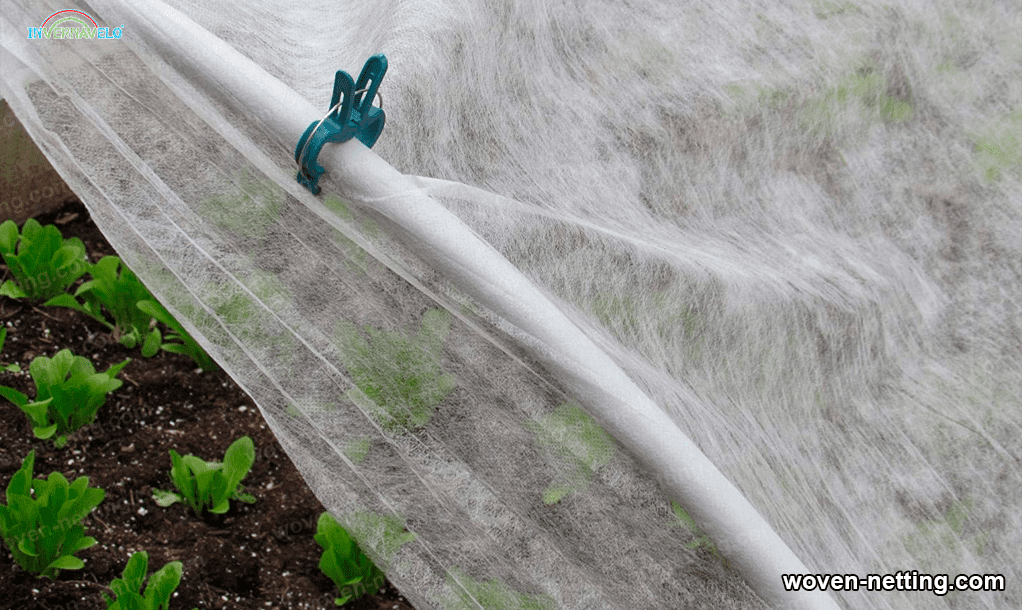
Complications and dangers of not laying a woven blanket correctly
If the thermal blanket is placed incorrectly, complications and health or safety hazards can occur in your home. The purpose of this article is to discuss the dangers of not properly placing a woven mesh. The greatest danger of improperly placed woven mesh is the risk of fire. Woven screens have an intimate covering and must be properly secured, as they should not be cut or tampered with to prevent the opening of the blanket from becoming a high temperature conductor. This can cause fire and damage our properties. In addition, contact of the woven mesh cable with furniture, curtains or any other combustible surface can cause fire. For this reason, it is also important that the woven wire mesh is placed far enough away from the furniture and wall to avoid accidental contact.
Another danger of improperly placing a heat blanket is the health risk. If electrical equipment is not installed correctly, electric shock or excessive absorption of electricity can occur. This can lead to health problems such as eye injuries or even electrocution. So it is important when installing a heating blanket to maintain a safe distance between the heated surface and human skin. An additional complication when laying a woven blanket incorrectly is the risk of flammable combustibles. When a heating blanket is used with flammable fuels, such as mineral oils, natural gas or other fossil fuels, toxic gases can be produced which are potentially flammable. This can cause your home to become a toxic area or even a fire pit. Therefore, it is important to educate yourself about the risks of improper installation of a woven screen before installing it.
